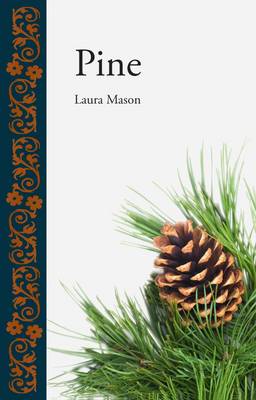Botanical
1 total work
Resilient and tenacious, pine trees deserve our admiration. They have been the subjects of artists for centuries, particularly in China and Japan, where they symbolize wisdom and longevity. Pine symbolism runs deep in many cultures from East to West, from antiquity to the present: pine-cone staffs were carried by...Read more
Resilient and tenacious, pine trees deserve our admiration. They have been the subjects of artists for centuries, particularly in China and Japan, where they symbolize wisdom and longevity. Pine symbolism runs deep in many cultures from East to West, from antiquity to the present: pine-cone staffs were carried by the worshippers of Bacchus in the classical world, and photographs of the majestic pine trees in the Yosemite Valley inspired the movement to establish national parks in nineteenth-century North America. The natural history of pine trees underlines their ability to survive in difficult environments, and their botany still puzzles and intrigues scientists. Their resin provided adhesives, waterproofing agents and medicines before oil derivatives and modern pharmaceuticals were developed. Their wood is ubiquitous, incorporated into buildings, furniture and paper pulp, and their cones fascinate with their complex shapes and provide pine nuts for animals and humans. Pine trees have inspired artists, writers, film-makers and photographers throughout history.
A beautifully illustrated book that reveals the many ways in which pine trees have inspired and been utilized by humanity through history, Pine provides a fascinating survey of these rugged, aromatic trees.
A beautifully illustrated book that reveals the many ways in which pine trees have inspired and been utilized by humanity through history, Pine provides a fascinating survey of these rugged, aromatic trees.
